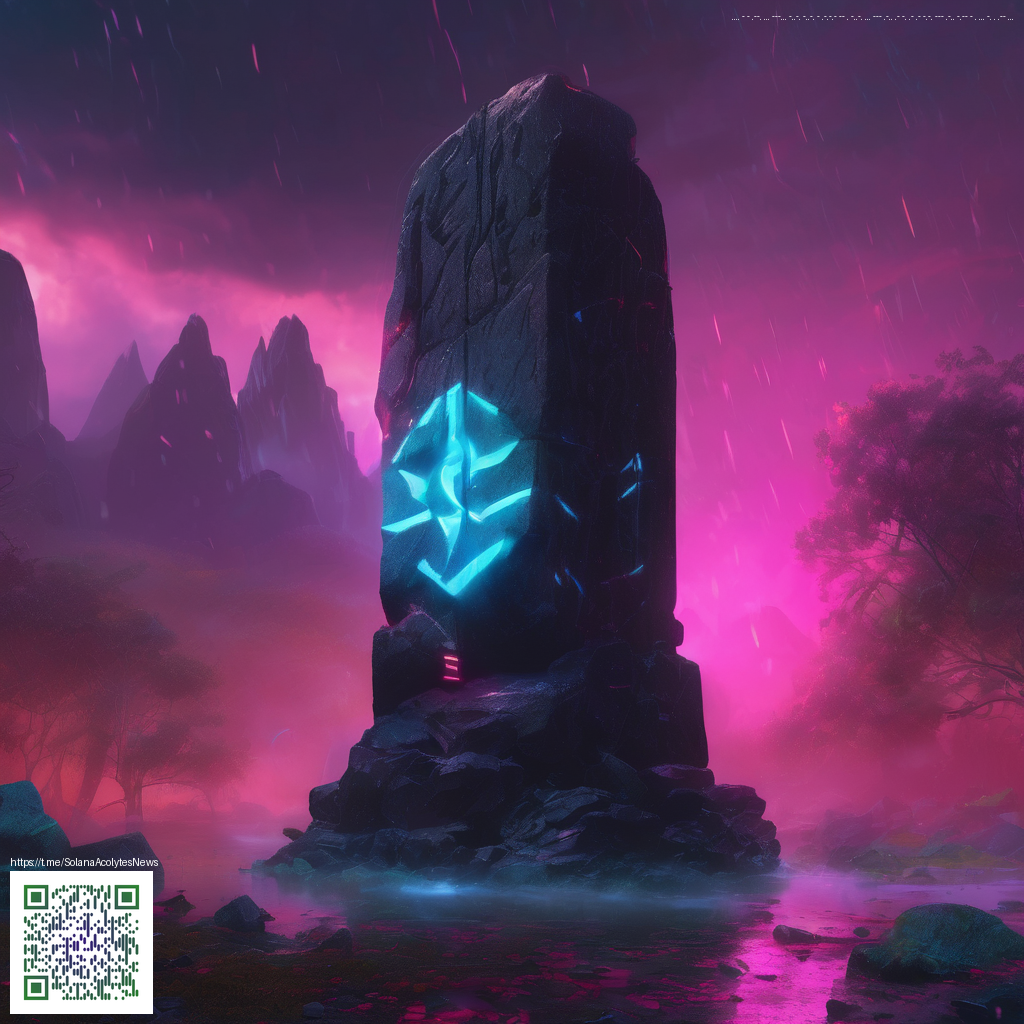
Black Wool Decor Techniques for Modern Minecraft Builds
Black wool is a versatile decorating block in Minecraft. Its deep shade and dense texture read strongly in both bright and shadowy spaces, making it ideal for bold walls and crisp lines. In the current game versions it rests firmly in the wool family with a practical stack size of 64 blocks and a modest hardness that makes harvesting and replacement easy during large projects 🧱. Used thoughtfully it can frame light sources and help color contrasts pop without overwhelming the eye.
In practical terms the block data matters less for decoration than the visual results it produces. Black wool has a stable default state with no variants, so you can rely on predictable patterns when you design intricate facades. For decoration its opacity adds weight to a room while still allowing you to weave patterns that read clearly from a distance. This reliability is a big win when you plan multi room builds or long and complex exteriors.
Patterns that shine with black wool
Start with a strong baseline of wall blocks. A large field of black wool as a feature wall sets a room apart and provides a neutral background for brighter accents. Pair it with white or gray stairs and slabs to create crisp frames and checkerboard tiling on floors. The versatility of wool means you can build with confidence, knowing that the blocks are stacked in groups of 64 and easy to replace if a new idea arrives. The contrast is especially striking in modern and medieval inspired builds where dark edges frame luminous blocks and glass panels.
- Monochrome walls with subtle fringe details using banners and carpets
- Checkerboard floors using light and dark blocks to break up the space
- Ceiling panels with decorative lighting using lanterns or glowstone for dramatic shadows
- Pixel art outlines and character silhouettes using black wool as the dark outline
Techniques for lighting and mood
Since black wool does not emit light, you control mood with light sources placed behind or beside the wool panels. Low level lighting creates moody interiors perfect for taverns or secret bases. Place lamps at regular intervals to avoid stark shadows while keeping the room visually cohesive. The result is a space that feels built and curated rather than random. For added depth you can layer wool panels with blocks that differ in texture such as concrete or terracotta to simulate materials like stone or tile.
Tip A great approach is to build in sections. Outline a wall in black wool then fill the inner area with lighter blocks to create depth. This technique makes spaces feel larger and draws the eye toward architectural features.
Lighting tricks and material pairing
Pair black wool with glass or glow items to direct attention to focal points. For example a black wool frame around a glass window can intensify the glow from interior lamps and create a sense of depth at night. When you add white or gray accents you amplify the sharpness of the design while preserving the dramatic feel. These methods work well for both interior rooms and exterior facades like gatehouses or tower bases 🏰.
In terms of build planning think in modules. Create a few repeating panels that you can copy across a whole structure. The stack size of 64 keeps bulk inventory manageable for long sessions, and the neutral black provides a robust foundation you can layer with color as your project evolves. The elegance of black wool lies in its flexibility; it can anchor a crowded color palette or stand alone as a minimalist statement.
As you experiment with frameworks for shops, taverns, or galleries you will discover how a single material can influence room scale and mood. The deep tone of black wool makes lighting design and material contrasts more legible, which is a huge aid when constructing complex rooflines, arches, or multi level interiors 🧭.
If you enjoy collaborating with builders across communities, think of black wool as a canvas for shared ideas. You can craft signage, banners, and decorative trim that complements other decorative blocks like polished diorite, smooth stone, and concrete powder. The color balance you achieve with black wool can guide the overall palette of an area, helping it feel cohesive and deliberate rather than accidental.
Support Our Minecraft Projects